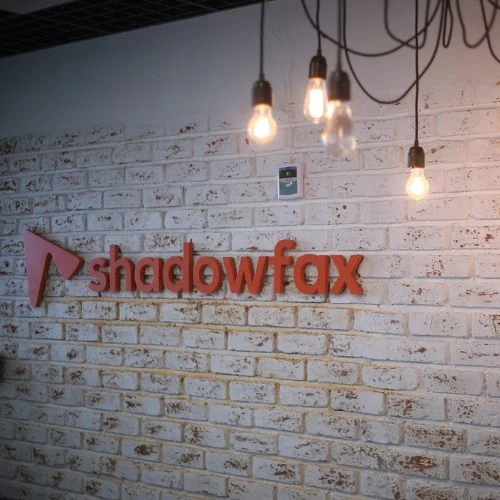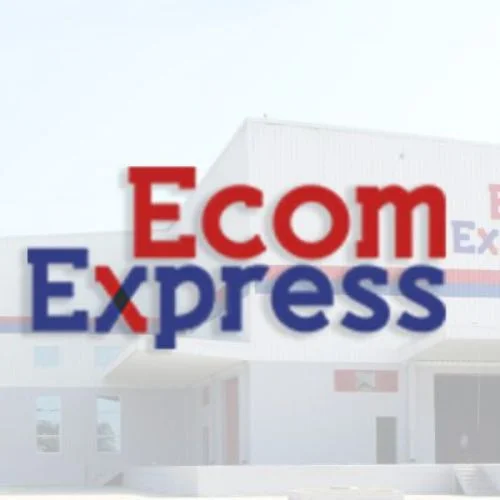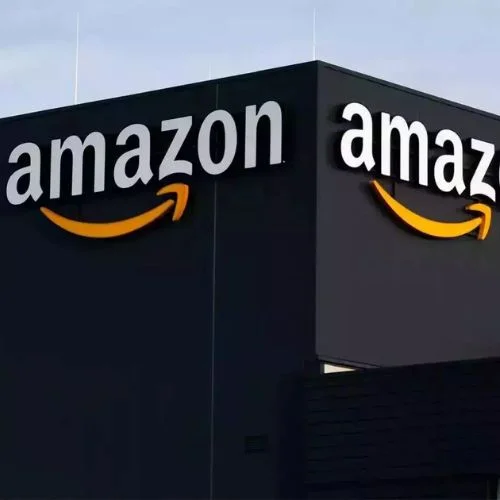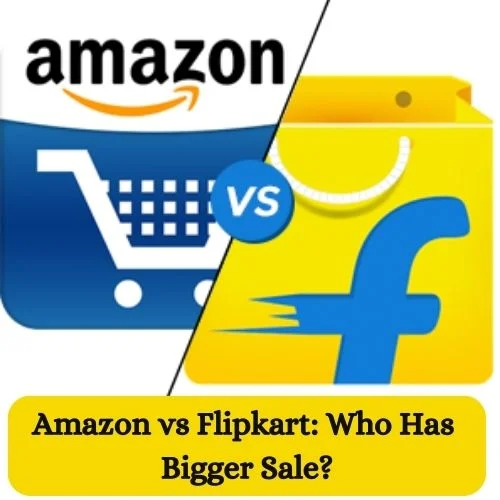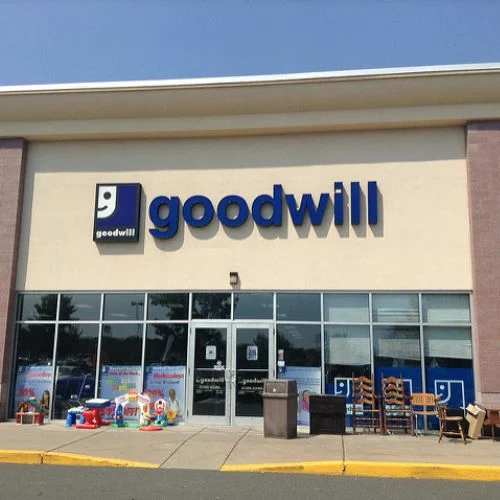Indians use ONDC to order meals at less money than they would pay via Zomato or Swiggy. Given that ONDC enables restaurants to sell food directly to customers through buyer applications, the platform is seen as a significant disruptor in the food delivery industry.
The best feeling ever may be getting food delivered while lounging in your own house. It could occasionally be challenging, though, as certain delivery platforms impose significant taxes and fees that raise the whole transaction’s cost. The Open Network for Digital Commerce (ONDC) was funded by the Indian government in an effort to halt this and give citizens a less expensive option. With the help of the network, eateries may sell their meals directly to customers without the need of intermediaries like Swiggy, Zomato, etc. It should be noted that ONDC, rather than being an app, is a network that enables different businesses kinds to directly sell their services.Without question, the leading companies in the Indian food delivery sector are Swiggy and Zomato.
However, there is also a third player who has been active on the market for some time, albeit just recently beginning to gain prominence.
What is ONDC?
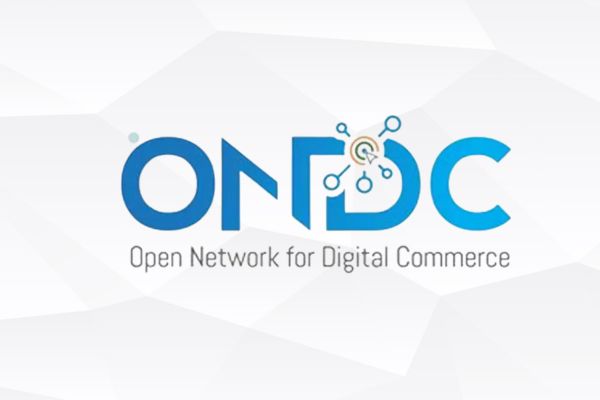
Customers will be able to purchase meals, apparel, movie tickets, groceries, electronics, and other goods and services with only one click when ONDC is incorporated in December 2021. Notably, the restaurant delivers meals ordered through ONDC without the need of an intermediary (in this case, Swiggy and Zomato).
The ONDC is a government-backed project, the first of its kind, with the goal of facilitating e-commerce and giving companies more strategic decision-making power. After being published in April of last year, it got off to a poor start. Over the first six months, it could only do, at best, a few hundred transactions a day.
Even while the ONDC concept appears to be sophisticated, it is actually rather simple. The network essentially divides the order-delivery process into three parts: buyer-side applications that are consumer-facing, seller-side apps that interact with businesses and merchants, and logistics providers that handle the last-mile delivery to the customer.
Despite starting from a low basis, ONDC’s food, beverage, and grocery orders have increased by 100X recently.
Features of ONDC
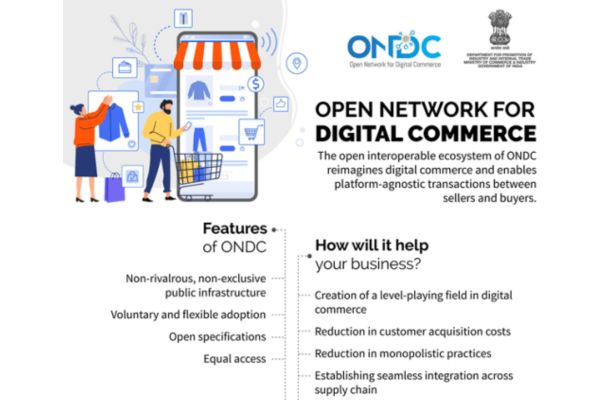
The goal of ONDC, an e-commerce UPI, is to democratize the sector by transforming digital or electronic commerce from a platform-centric paradigm to an open-network. Through ONDC, merchants will be able to maintain their data so they may approach clients and build credit histories.
The upcoming government-backed platform aims to level the playing field for both offline retailers who have been complaining about the unfair business practices of e-tailers like Amazon and Flipkart as well as online retail giants like Amazon and Flipkart. The platform will also be compliant with the Information Technology Act of 2000 and the future Personal Data Protection Bill.
Buyers and sellers will be able to transact over an open network regardless of the platform or application they use thanks to the ONDC system.
The new framework seeks to support open networks created using open standards and open network protocols that are independent of any particular platform. It is anticipated to digitalize the whole value chain, standardise processes, encourage supplier involvement, increase logistical efficiency, and improve value for customers.
According to the official government statement, ONDC must take all necessary measures to safeguard the security and privacy of data in the network. ONDC will cooperate with its customers to offer anonymous aggregate metrics on network performance while ensuring privacy and confidentiality. Participants are not obliged to disclose any transaction-level data with ONDC.
ONDC is presently in the pilot phase. The government has created a nine-member advisory council, which includes R S Sharma, CEO of the National Health Authority, and Nandan Nilekani from Infosys, to develop and speed up the deployment of ONDC.
Where is ONDC available?
In September 2022, ONDC was first made accessible in Bengaluru. Does this imply, though, that users of the network would only be allowed to place food orders from Bengaluru residents? Without a doubt. The Paytm app still gives you access to the ONDC network in your city. However, in order to place a meal order, the nearby eateries must be open.
On the website, it is mentioned that ONDC is present in all Indian pin codes and that a list of the pin codes where it is operational is available. Buyer applications may choose to be live on some of these pin numbers, the website’s response to this inquiry reads. India has enabled the ONDC network. Additionally, the position of the buyer pincode affects a pin code’s use.
Noida, Faridabad, Lucknow, Bijnor, Bhopal, Chhindwara, Kolkata, Pune, Chennai, Kannur, Thrissur, Udipi, Kanchipura, Pollachi, Mannar, and Ramnathpuram were added to ONDC’s service area on Monday.
The government’s Open Network for Digital Commerce (ONDC), according to T. Koshy, Managing Director and CEO of ONDC, has established a modest presence in 85 cities with 800 merchants and 26 participants and is well-positioned for success in 2023 with the assistance of industry partners.
How to order food on ONDC?
Food ordering apps are not available from ONDC. Paytm and Magicpin are currently the only apps through which customers can order food.
How to order food via Paytm?
- Open the Paytm app and click on the ‘search’ option.
- Search for ONDC using the search option, and you will find an ONDC Store.
- In the store, you will see a list of available dishes and restaurants.
- Select the food item that you wish to order.
- Add the address and make the payment.
How to order food on Magicpin?
- Download and open the Magicpin app and select the food option.
- Select the food that you wish to order.
- Add the address and make the payment to confirm your order.
How is ONDC cheaper: discount dynamic
Thanks to discount coupons, ONDC’s costs are lower than those of Swiggy or Zomato or are even the same. Merchants and seller-side applications provide initial discounts of between 20 and 40 percent, much like the shipping behemoths. Additionally, ONDC offers new customers discount vouchers of Rs 50 off each order.
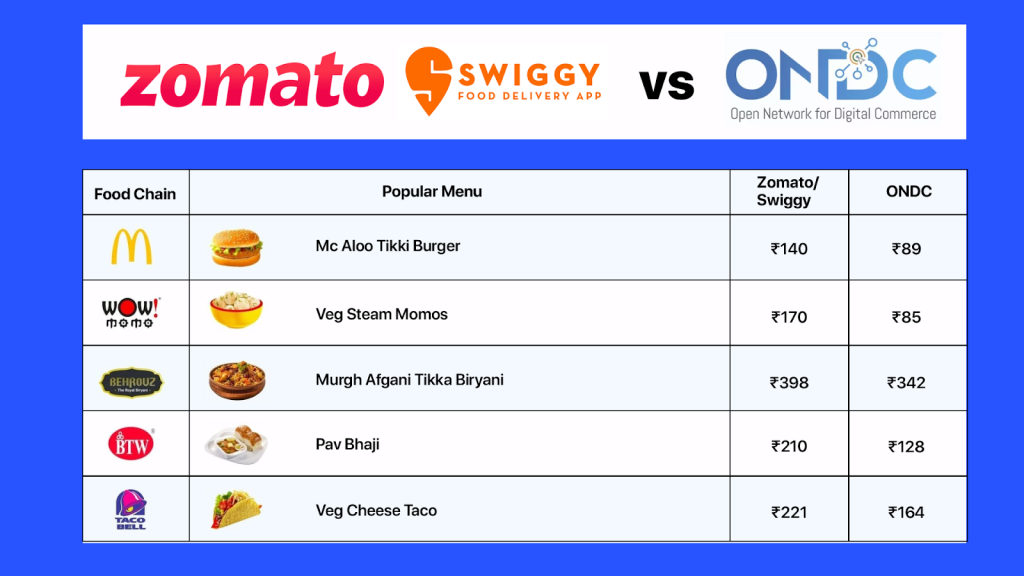
The most expensive aspect of any hyperlocal transaction is logistics, or the process of getting an order from a shop or restaurant to the customer’s door. It’s noteworthy to note that every order’s whole shipping charge was subsidized last week by ONDC and its network partners.
As an example, think about the momos and garlic bread you bought on May 5 from Barista in Noida. Momos cost Rs 101, which is 28% cheaper than the advertised price of Rs 140, and garlic bread cost Rs 112, which is 28% less than the published price of Rs 155.
The ONDC50 discount code then waived a flat Rs 50 off the purchase. Even the convenience fee was eliminated, along with packaging and shipping charges.
It’s important to keep in mind that both Zomato and Swiggy charge for packing and delivery. On certain websites, the user must be a member of their loyalty program AND the distance that must be traveled must fall within a set range, such as 7-8 km, in order for the delivery fees per item to be waived. If you are located outside of this range, you will still be charged shipping expenses even if you are a member of the reward program.
Furthermore, as the two businesses battle to become profitable, Swiggy has begun collecting a platform charge of Rs 2 on each order in select locations. It is not implausible that Zomato may follow suit.
Is the government effectively competing on discounts with platforms funded by venture capital? Who is funding these discounts? Or do members in the network like restaurants and applications for sellers, buyers, and both do that?
Players on the network assert that the government is not funding the incentives and special offers. E-commerce platforms and network merchants, as well as banks that are ONDC stockholders, are funding these in one way or another.
Industry watchers are also curious as to what exactly distinguishes network-sponsored e-commerce platforms from venture-backed e-commerce platforms that want funding to be embraced.
Many restaurants first learned that they were only receiving a part of the savings. They occasionally were unaware that their networked stores were offering big discounts.
“We are not funding the discounts. The prices shown on the ONDC network is a result of the efforts made by all the players on the network (buyer app, ONDC, merchant, logistics partner), and varies from one order to another, sometimes even by time of day,” explained the founder of a seller-side app which has onboarded a large number of restaurants on the network.
“For instance, a merchant’s take rate (commission) might vary from 5-20 percent. Our goal is to onboard as many merchants on the network as possible and let them give their best offers to a massive customer base across India’s largest B2C apps,” he explained.
As a result of conversations with multiple ONDC stakeholders, we discovered that the network funded a portion of the discounts, but they appeared to have come from participants like seller-side apps and logistics companies.
Who all have joined ONDC so far?
ONDC has teamed with Ekart, the logistics branch of the E-commerce brand Flipkart, and Dunzo, sponsored by Reliance Retail, to offer logistical services. The source claims that Flipkart and Walmart-owned PhonePe, which is now undergoing major integration, will join the network. Paytm is a part of the network.
State Bank of India, Axis Bank, PNB, ICICI, HDFC, Kotak, and IDFC First are a few of the institutions negotiating with the ONDC to create buyer platforms. The banks may advertise the use of their credit cards, loans, and other services by employing these.
The venture capital firms Sequoia and Accel are also drawn to startups that might join the ONDC. Two telecom firms, Bharti Airtel and Vodafone Idea, are also debating how they may utilize.









